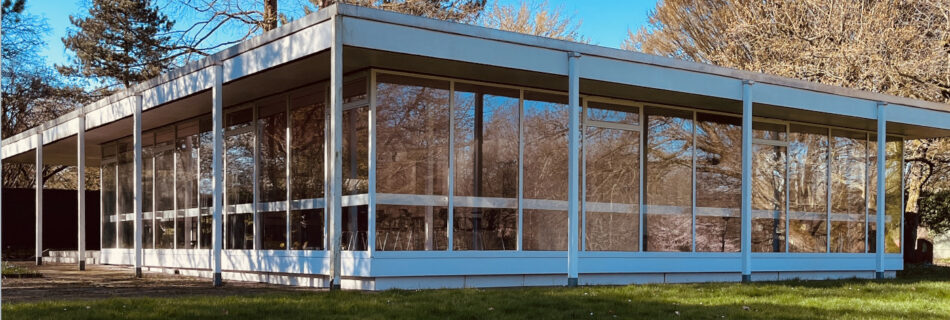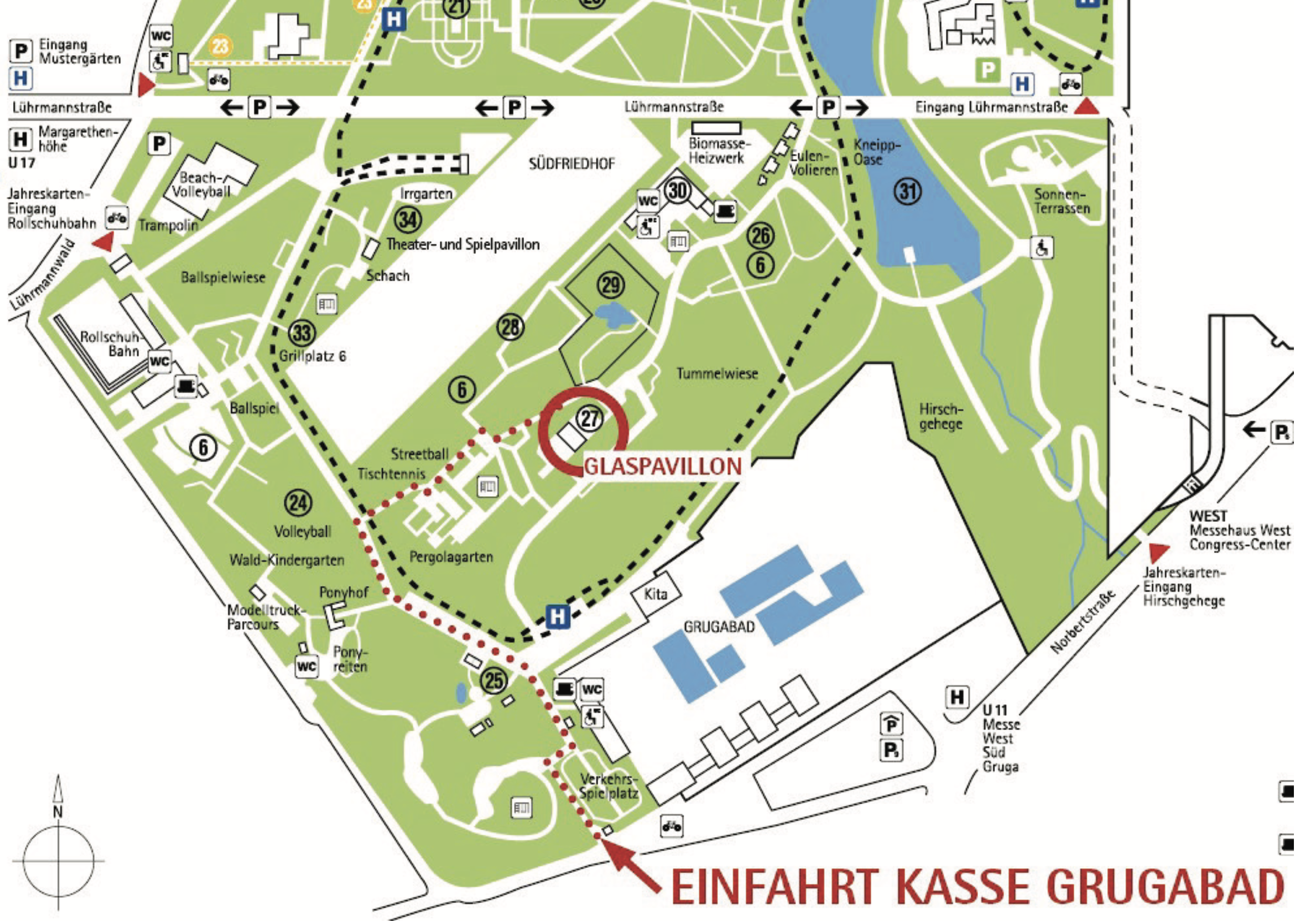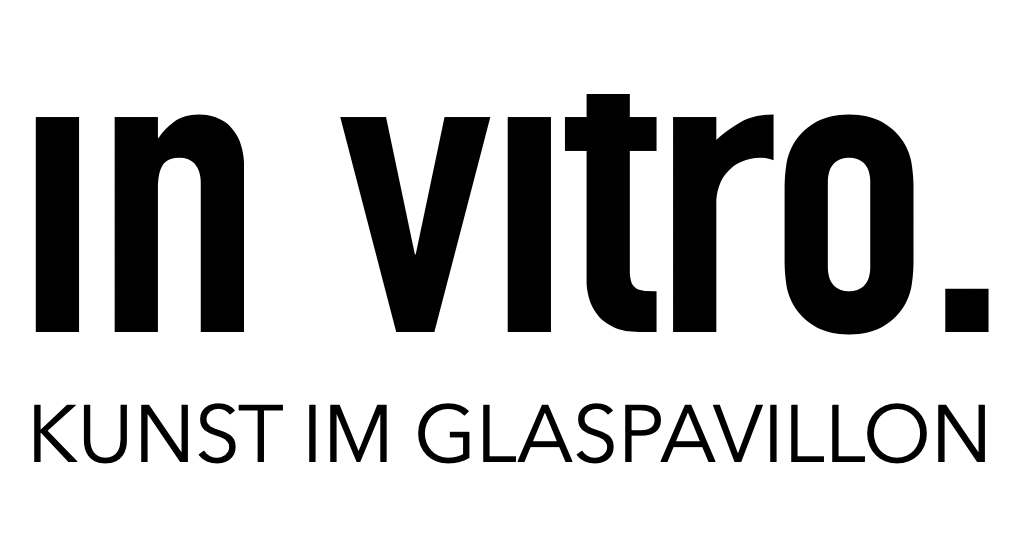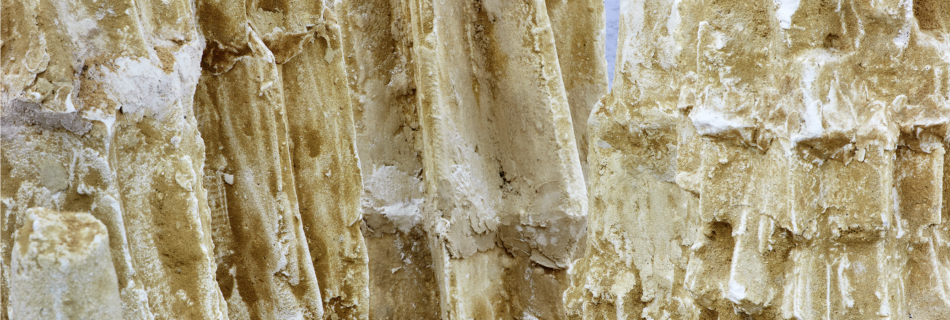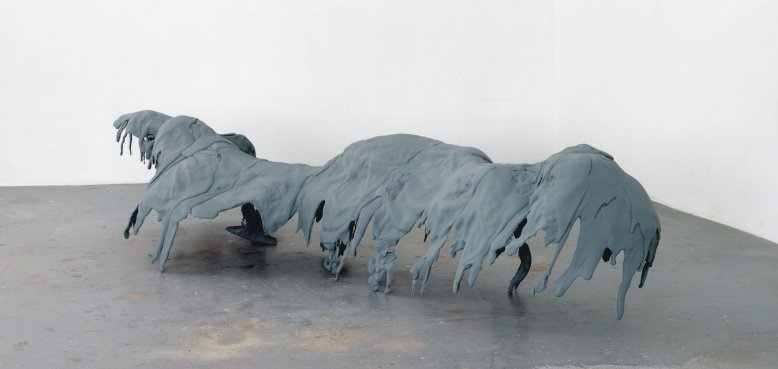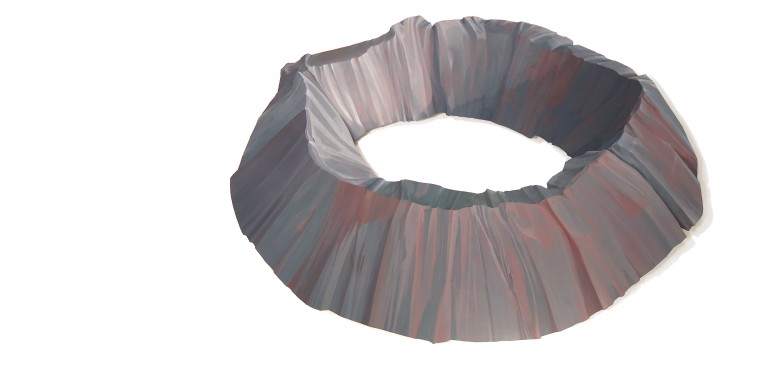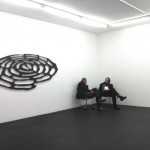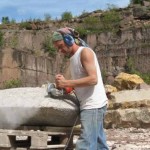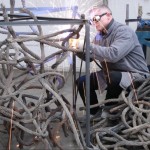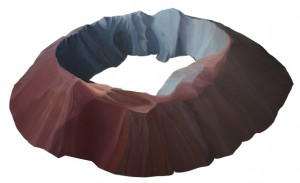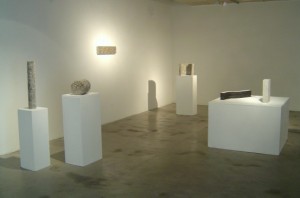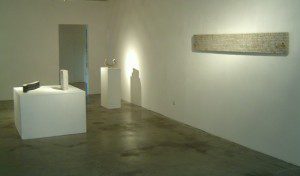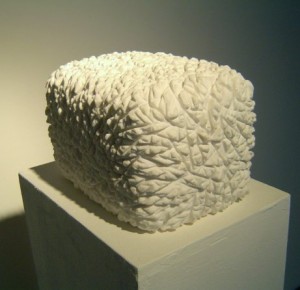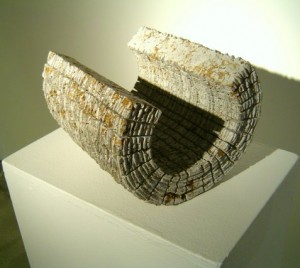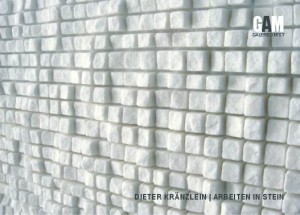22. März bis 4. Mai 2024
Eröffnung Freitag, 22. März 2024, 19 Uhr
Ab 21 Uhr im +BASEMENT: GUZZI & SCUZZO LP-Release, DJ-Set mit Bottrop Bwoy aka Thomas Geier und Yo Shino
Steffen Jopp
“Within my artistic practice, I refine modes of self-perception and juxtapose them with a volatile environment. Consequently, identity templates emerge, akin to self-portraits manifested through diverse techniques, always in close proximity to the corporeal realm. These portraits function as universal composite systems, bridging the emotional inner world, dreams, and reality, navigating the paradoxes inherent in the human-made environment and social interaction.
Over the years, my body of work has evolved from print graphic works on paper and video performances, continually honing its precision and density. Currently, various materials are employed across distinct thematic series. Thin, polished stainless steel sheets are transformed into folded, slender bodies mounted on the wall. Through incisions, manual folding, and deformation, they transform into visors or shields, assuming a mask-like appearance. Their scale, however, transcends human proportions. Perfectly polished to a mirror finish, they visually alter the actual space they inhabit, simultaneously fragmenting external information like all subjects, intricately reflecting it back.
Freestanding sculptures crafted from aluminum, copper, or brass constitute bioamorphic skeletons, standing naked and unencumbered within both interior and exterior spaces. Frequently utilized materials include metals and cowhide, manipulated with focused folds, bends, breaks, burns, and scratches. Exhibiting extraordinary resilience, durability, and endurance.
Integral to my body of work are photographs of parts of human bodies serving as a flexible interface and skin as a communicative organ. The motifs, resembling microscopic landscapes, are directly printed on cattle leather or copper, partially scraped or worn away with solvents.
I perpetually observe and assess my environment and the individuals around me. However, the completed works often veer into a humanoid or anthropomorphic domain. These creations can be perceived as rugged and archaic, yet equally as components of futuristic technology and within the realm of science fiction. My endeavor is then to reintegrate them into my emotional and worldly system.”
Moritz Riesenbeck
“I investigate the real, the memories, the traces, the emotions that we leave behind and through which we construct our realities. Our connections to places, architectures and objects are conditioned by these factors, for which I seek and for which I establish perceptibility. I am searching, connecting and visualising information. All components such as a flat, a told story or a person can become a material.
Moments in which we connect with our physical environment are establishing complex mental and/or physical conglomerations of the past, present and future – a flat becomes the memory of a person, a rescue mattress the memory of a body. I try to make this condition atmospherically tangible.”
Moritz Riesenbeck, born in 1991, first studied architecture in Münster and there worked as a tutor in the History and Theory Department. Simultaniously, he began studying Art in Public Space at the Kunstakademie Münster with Profs. Löbbert and in 2018 switches to the class of Prof. Gregor Schneider at the Kunstakademie Düsseldorf, where he graduated with exellence diploma (Meisterschüler) in 2022. Riesenbeck is an editor of artistbooks, founding member of About Repetition e.V., the Sono-Kollektiv, as well as a contributor to the group Impersonal Figure and is currently lecturer at the ABK-Stuttgart for architecture and industrial design.
Emil Walde
The work of Emil Walde is intrinsically related to space, as his works combine sculptural and spatial features, fluctuating between both and yet refusing to find a statical position within any of them. This reluctancy towards an exact definition is what brings the viewer closer to an understanding of the conceptual meaning of Walde’s work. The artistic Materia is space itself, being shaped via intervention, transformation, addition, replacement, restoration and recontextualization. Variation is a fundamental part of it. By means of reusing objects, he removes the “meaning”/”idea” that defines its qualities, to then present it in a new context. Here all previous conceptions of it disappear and are translated into a new narrative. That is one of the defining characters of Emil Walde’s work – the narrative is yet to be determined by the person who is faced with it. His work enhances a reflection on the standard methods of identifying and categorizing what is seen. (Felix Fischer)
Emil Walde, born 1991 in Munich, began his studies 2014 at Kunstkademie Düsseldorf under Prof. Gereon Krebber. In 2015 he switched to Prof. Franka Hörnschemeyer and Gregor Schneider and he became „Meisterschüler“ of Franka Hörnschemeyer in 2021.



